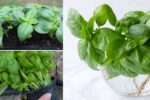Growing your own food in a small space can be incredibly rewarding, and a balcony garden offers the perfect opportunity to do just that. If you’re short on space but still want to enjoy fresh, homegrown vegetables, cucumbers are an excellent choice. They grow easily in containers, making them ideal for small areas like balconies. This article will guide you through the process of growing cucumbers in containers, from choosing the right varieties to harvesting the fruits of your labor. With the right approach, you can enjoy delicious, homegrown cucumbers all season long.
Why Grow Cucumbers on Container in Balcony?
Growing cucumbers in containers on a balcony is a fantastic way to enjoy fresh, homegrown vegetables even if you don’t have a garden. With the right approach, you can grow cucumbers successfully in small spaces, and they don’t need a lot of attention. Whether you’re a seasoned gardener or a beginner, this guide will walk you through the steps of growing cucumbers in containers with ease.
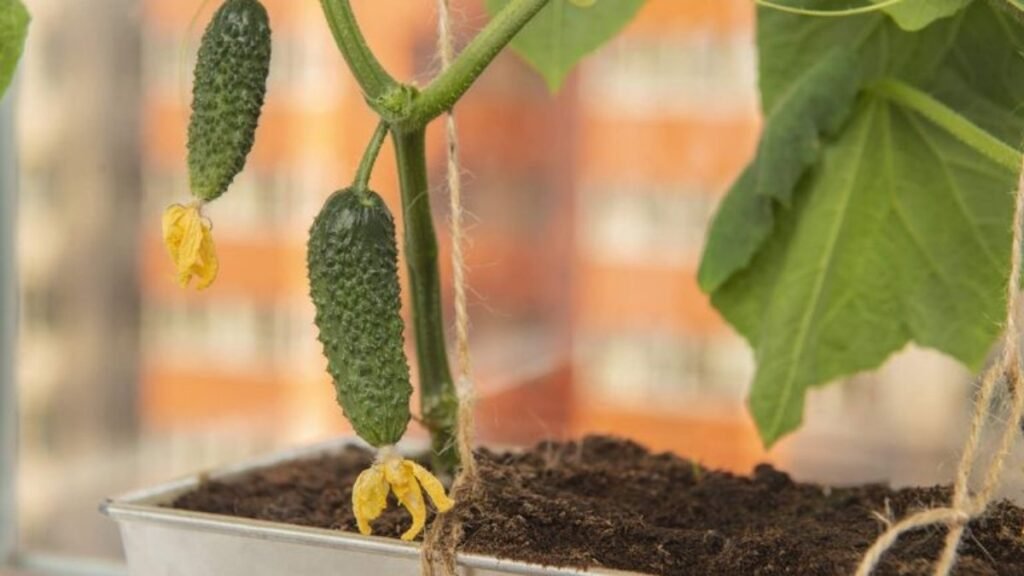
Choosing the Right Container for Cucumbers
The first step in growing cucumbers on a balcony is selecting the right container. Cucumbers need space to spread their roots, so choose a container that is at least 12 to 18 inches deep and 12 to 14 inches wide. You can use a plastic, ceramic, or wooden pot, as long as it has drainage holes to prevent water from accumulating at the bottom.
If you have limited space, consider using hanging baskets or large containers with a trellis. This will give the cucumber vines something to climb and save floor space on your balcony.
Selecting the Right Cucumber Variety
Not all cucumber varieties are suited for container gardening, so it’s important to choose the right type. Look for compact or bush varieties, as they are smaller and more suited to limited spaces. Varieties like “Patio Snacker” or “Bush Champion” are great choices for containers. If you prefer vining cucumbers, you can still grow them in containers if you provide proper support for the vines to climb.
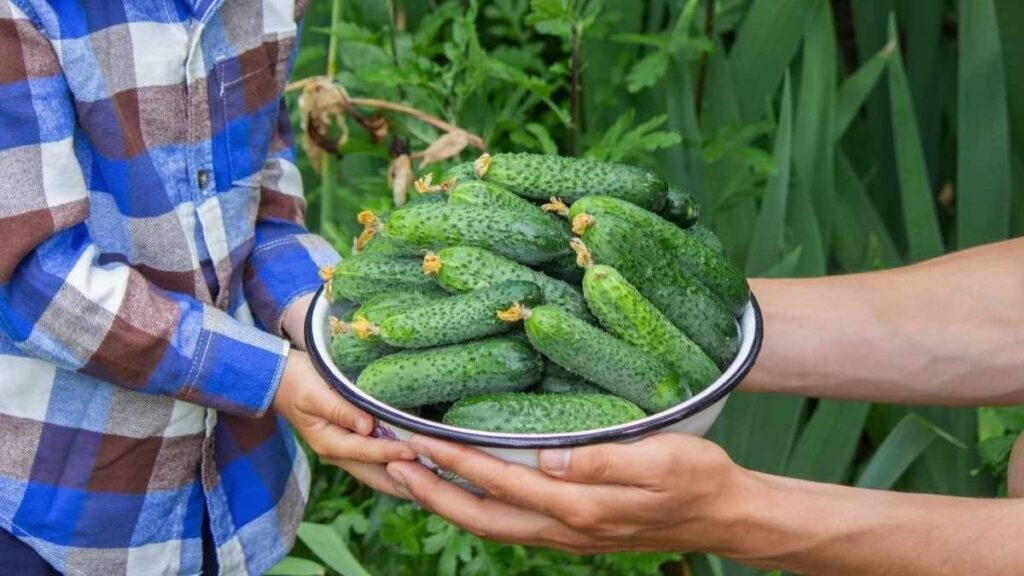
When choosing seeds, it’s always a good idea to pick a variety that thrives in your local climate. Cucumbers generally prefer warm weather, so choose seeds that are well-suited for your region’s growing conditions.
Preparing the Soil for Cucumbers
Cucumbers need well-draining, nutrient-rich soil. You can buy a good quality potting mix or make your own by combining equal parts of garden soil, compost, and perlite or sand. This ensures the soil drains well while providing the nutrients the cucumber plants need to grow strong and healthy.
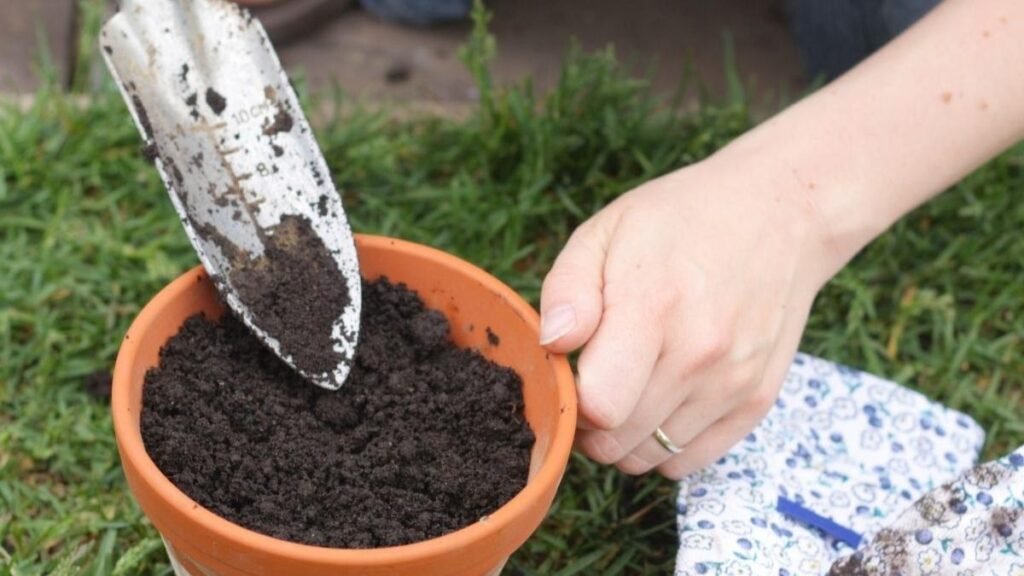
Fill your container with soil, leaving a few inches at the top to avoid water runoff. Make sure the soil is loose and airy to promote good root growth. You can mix in some organic fertilizer or compost for extra nutrients, especially if you’re using new potting soil.
Planting the Cucumbers
Once you have your container ready and the soil prepared, it’s time to plant your cucumber seeds or seedlings. If planting seeds, place them about 1 inch deep into the soil. For seedlings, make a small hole large enough to fit the root ball and gently place the plant in the hole, covering the roots with soil.
Space your plants at least 12 inches apart if you’re planting multiple cucumbers in the same container. This gives each plant enough space to grow and develop without competing for nutrients or sunlight.
Providing the Right Amount of Sunlight
Cucumbers are sun-loving plants that need at least 6-8 hours of direct sunlight each day to thrive. Choose a spot on your balcony that receives plenty of sunlight, preferably one that faces south or west. If your balcony doesn’t get enough direct sunlight, you can supplement with grow lights, though natural sunlight is always best.
In areas with extremely hot summers, providing some afternoon shade can help prevent the cucumber plants from getting stressed or wilting.
Watering Cucumbers in Containers
Cucumbers need consistent moisture to grow properly, especially when grown in containers. Since containers dry out more quickly than garden soil, it’s important to check the soil regularly and water when it feels dry to the touch. Water your cucumbers deeply, making sure the water reaches the roots. Avoid getting water on the leaves, as this can promote disease.
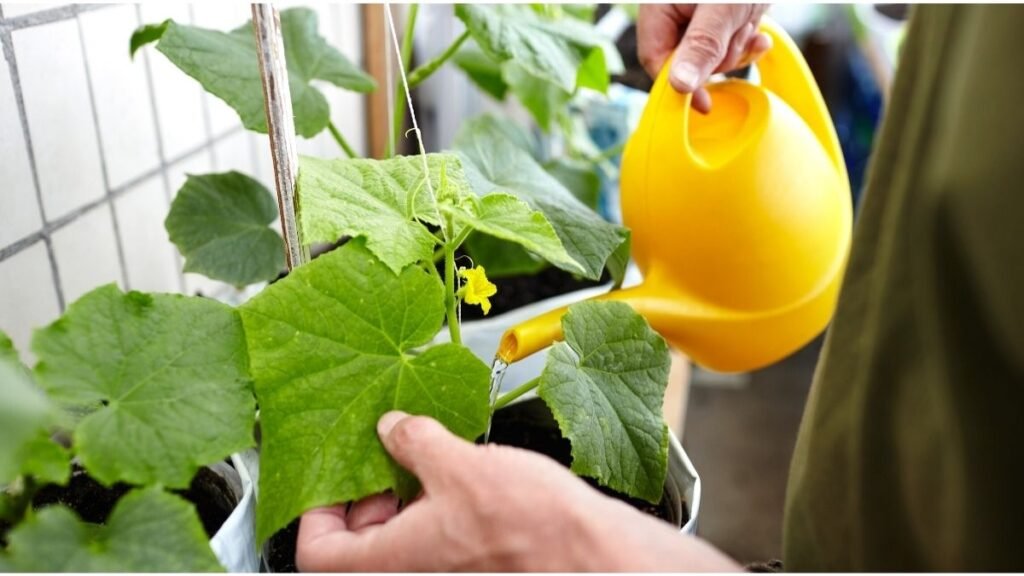
During hot weather, you might need to water your cucumbers once or twice a day. Early morning or late evening is the best time to water to prevent evaporation and allow the plants to absorb moisture effectively.
Fertilizing Your Cucumber Plants
Cucumbers are heavy feeders, so they require regular fertilization to grow healthy and produce abundant fruit. Use a balanced, water-soluble fertilizer every 2-3 weeks during the growing season. Look for a fertilizer that is high in potassium and phosphorus to promote flowering and fruit production.
In addition to chemical fertilizers, you can also feed your cucumbers with organic compost or well-rotted manure. This will add vital nutrients and help improve the overall health of your plants.
Supporting Cucumber Vines
Cucumbers are vining plants, and they will need support to grow vertically. This is especially important if you’re growing cucumbers in a container on a balcony, where space is limited. You can install a trellis, cage, or use string to provide support for the vines as they grow.
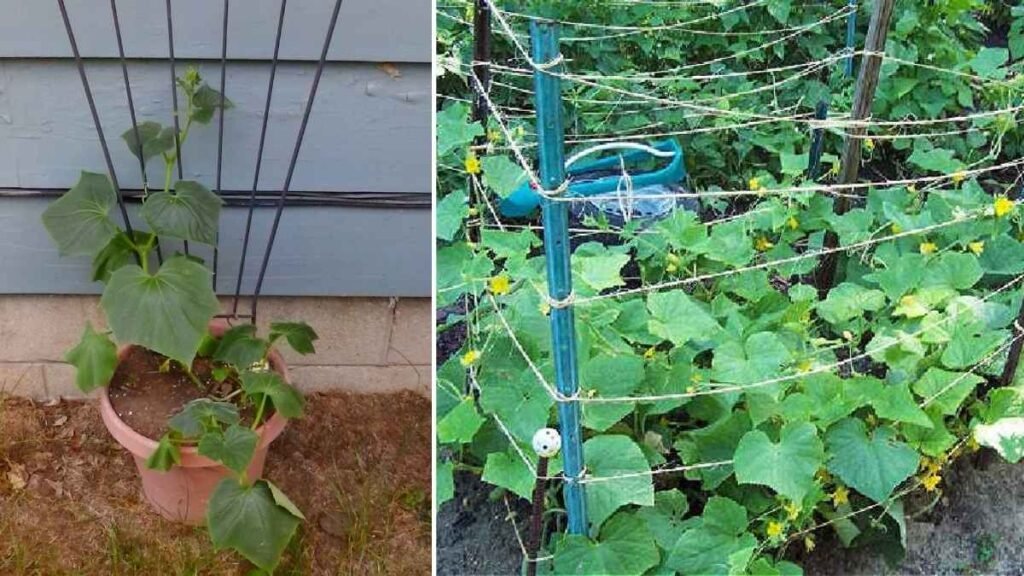
The advantage of vertical gardening is that it saves space and makes harvesting easier. Plus, it helps improve air circulation around the plants, reducing the risk of fungal diseases.
Pruning and Managing Growth
To keep your cucumber plants healthy and productive, it’s important to prune them regularly. Remove any dead or yellowing leaves to improve airflow and reduce the risk of pests and diseases. You should also pinch back the tips of the vines once they start to grow too long. This encourages the plant to produce more lateral branches, leading to more fruit production.
You may also want to remove some of the side shoots to prevent overcrowding. This allows the plant to focus its energy on producing fewer, but higher-quality cucumbers.
Harvesting Cucumbers
One of the most rewarding parts of growing cucumbers is the harvest. Cucumbers are typically ready to harvest 50 to 70 days after planting, depending on the variety. You should harvest cucumbers when they are still firm and have reached their full size, but before they start turning yellow or overripe.
Use a sharp knife or garden scissors to cut the cucumbers from the vine. Be gentle when handling them to avoid bruising. The more you harvest, the more the plant will produce, so try to pick cucumbers regularly to encourage continuous growth.
Managing Pests and Diseases
Although cucumbers are relatively easy to grow, they can be susceptible to pests and diseases. Common pests include aphids, cucumber beetles, and spider mites. Keep an eye on your plants for any signs of infestation. You can manage pests by using organic insecticidal soap or introducing beneficial insects like ladybugs.
To prevent diseases, ensure that your cucumbers have good airflow and avoid overwatering. If you notice any fungal issues like powdery mildew, remove affected leaves immediately and apply an organic fungicide if necessary.
Conclusion: Enjoying Your Balcony-Grown Cucumbers
Growing cucumbers in containers on a balcony is a fun and rewarding project that anyone can do with a little time and care. By choosing the right container, variety, and providing the proper care, you can enjoy fresh, crunchy cucumbers right from your balcony. Whether you eat them fresh in salads, make pickles, or use them in recipes, homegrown cucumbers are a treat you’ll love!




